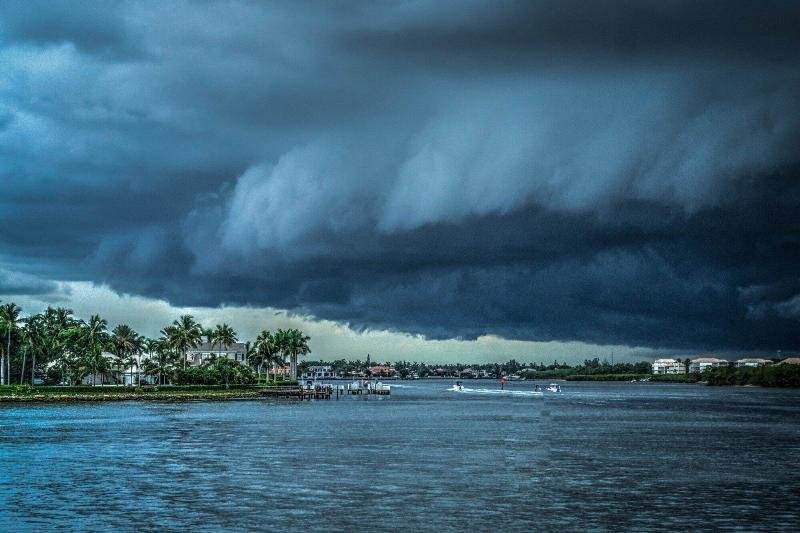Every year, powerful winds, heavy rain, and rising waters cause chaos in coastal areas around the world. But where do hurricanes strike the hardest? Knowing the danger zones is key to staying safe and being ready, whether you live in these storm-prone areas or are traveling to them. Let’s get into it!
The Most Vulnerable Regions
The Atlantic coastline has some of the most dangerous areas for hurricanes, especially from June to November. States like Florida, Louisiana, and Texas often suffer the worst impacts from these powerful storms. Florida, in fact, has seen more hurricanes than any other state, making it a key place to be aware of and prepare for.
Cities like Miami and Tampa are considered hurricane-susceptible areas in Florida. People there face storms every year, along with possible floods and tornadoes from leftover storm effects. The Gulf Coast, especially around New Orleans, is also at high risk due to its low elevation and closeness to warm ocean waters.
Understanding High-Risk Zones
High-risk zones are identified by looking at past storms and geography.
The likelihood of a major hurricane approaching within 50 miles of Florida in 2025 is 35%. North Carolina, Louisiana, Georgia, and Texas aren’t far behind, with each storm causing major damage.
These areas feature warm ocean waters that contribute to the intensification of storms. For instance, the Gulf of Mexico often feeds hurricanes, making them more intense. The large number of tropical storms and hurricanes each year shows just how important it is to know about these high-risk zones.
Staying Safe in Hurricane-Prone Areas
Understanding and acknowledging the risk is just the first step in disaster preparedness. Here are some essential safety tips for those living in high-risk zones:
Stay Vigilant and Prepare an Emergency Kit
Always be ready for a hurricane by putting together an emergency kit. Include essentials such as non-perishable food, water, medications, and important documents in your emergency kit. Ensure the kit is kept in an easily accessible location so you can grab it quickly if needed.
Have a Family Evacuation Plan
It’s crucial to create a family evacuation plan before hurricane season starts. Ensure everyone knows where to go and what to do if evacuation is necessary. Practice the plan regularly so everyone is familiar with the steps and feels confident in case of an emergency.
Monitor Local News and Weather Updates
Keep an eye on local news and weather channels for the latest updates on approaching storms. Early warnings can give you time to prepare and make important decisions. Stay informed about evacuation orders, shelter locations, and storm paths to effectively manage the situation.
Know Your Evacuation Routes and Shelters
Before a storm hits, familiarize yourself with the evacuation routes in your area. Identify the nearest shelters and plan how to reach them quickly. Having this information in advance can help you stay safe and avoid confusion during an evacuation.
Stay Prepared
Being informed about high-risk zones is vital for anyone living in or traveling to hurricane-prone coastal regions. Understanding the statistics, geography, and dangers associated with these regions can not only help you stay safe but also encourage preparedness among your community. As the hurricane season approaches, take time to prepare your home, gather essential supplies, and develop an evacuation plan to ensure safety when the storms hit.
Is this article helpful? Keep reading our blog for more.


